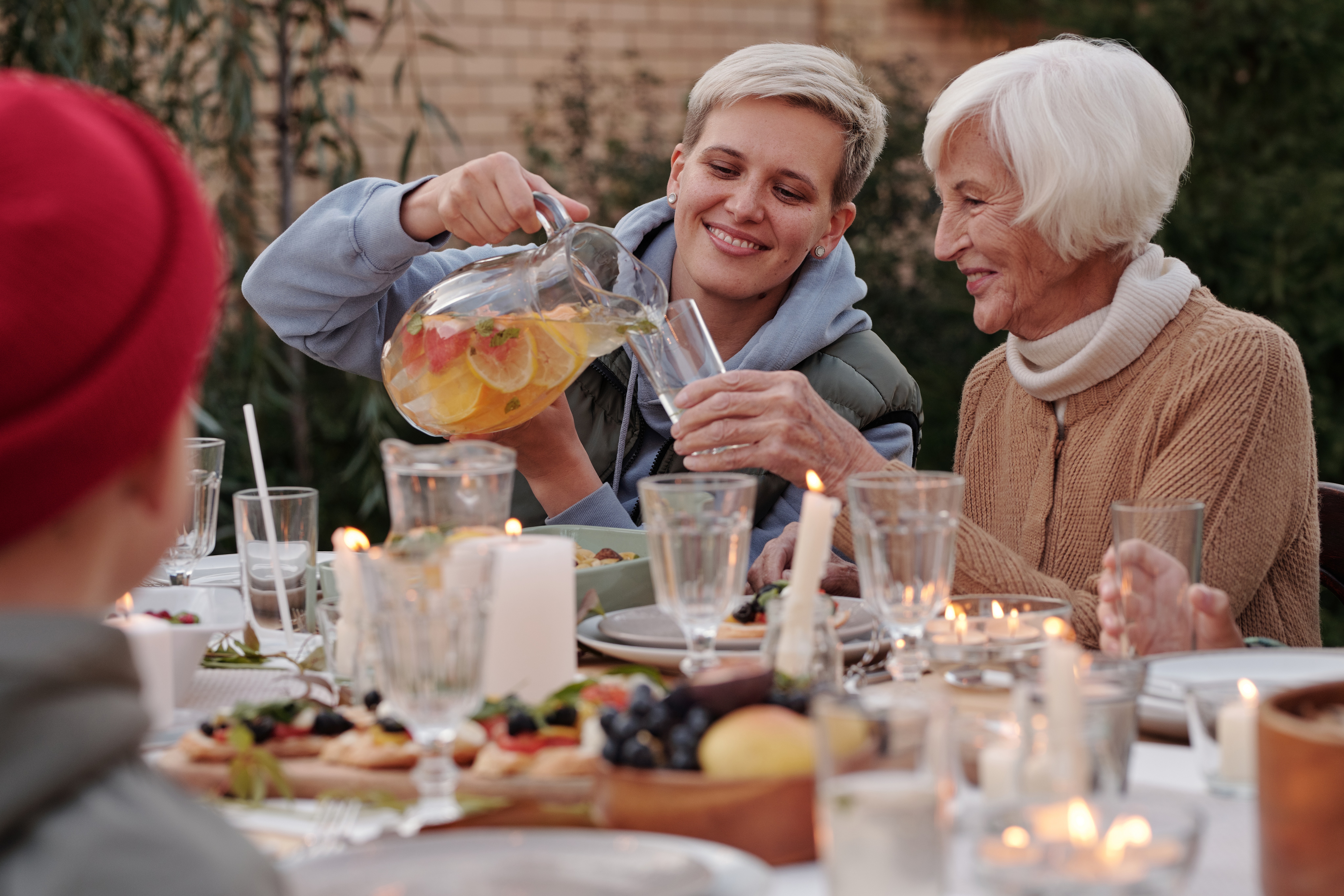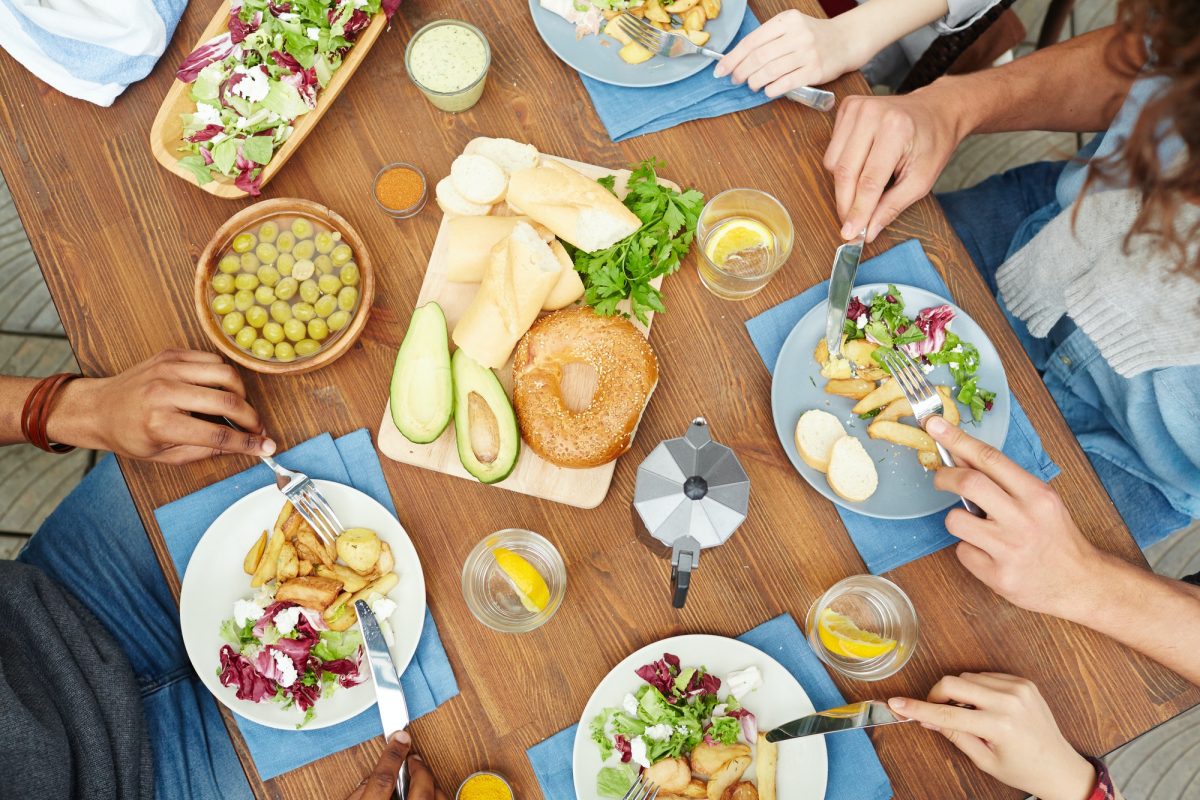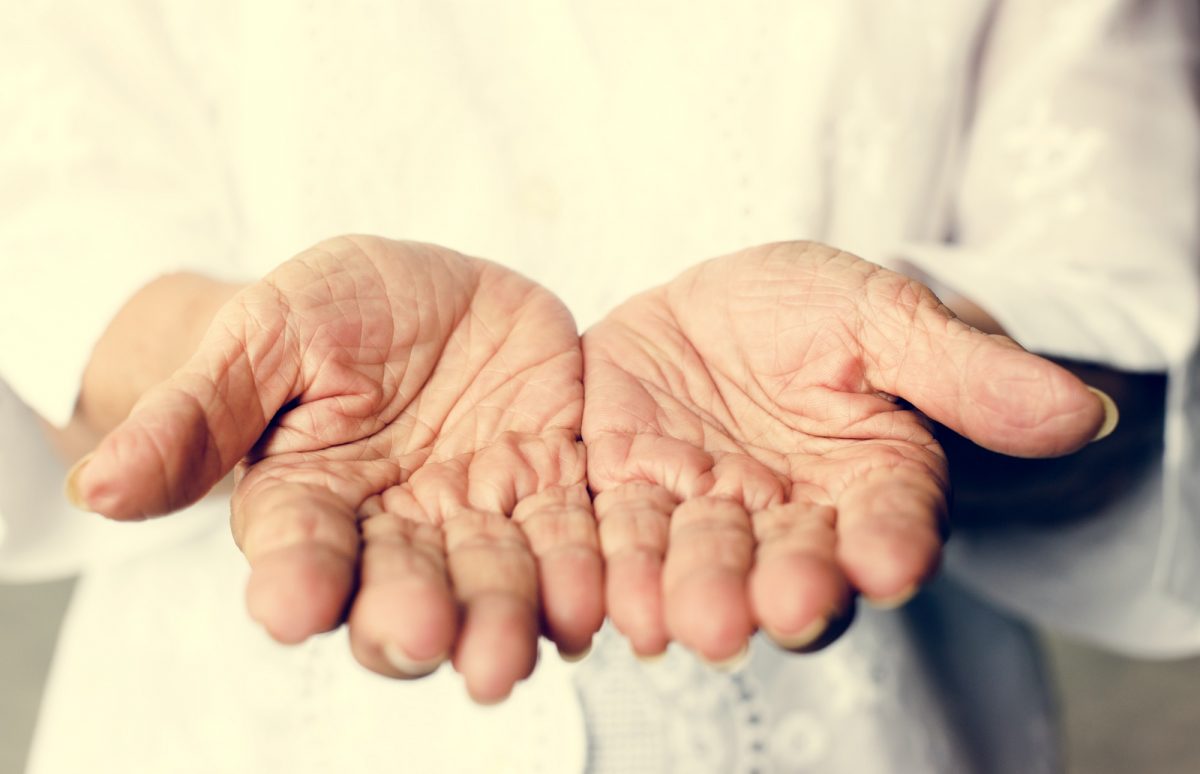For years at speaking engagements, I have been collecting lists of pet peeves. You may be asking what pet peeves have to do with etiquette. Well, a pet peeve is defined as a frequent subject of complaint or something that a particular person finds annoying. And etiquette is defined as the customary code of polite behavior in society or among a particular profession or group. So, it is often those pet peeves that are the breaks in common etiquette expectations. Those things that continuously get on a person’s nerves add to the discomfort of others. And the whole objective of etiquette is to consider others, and then contribute to their comfort in the environment you ALL are in.
Why is this important? You should know by now that you have very little influence on the behavior of others. But you do have all the control over your own behavior. And if you have pet peeves about others, you can bet someone has pet peeves about you. When you recognize a pet peeve out in the world, be annoyed, feel all the feelings. But then pause and think, “what do I do that may be annoying those around me?”
Let’s look at a real-world example. One of the most common pet peeves is hearing people eat. It could be smacking, open-mouth chewing, or hearing food move around someone’s mouth while you are listening to them talk. When you see the specific description of the pet peeve, it should be obvious that the societal guidelines around chewing are being stretched. Chew with your mouth closed, do not talk with food in your mouth. Remember the purpose of these guidelines is to keep consideration of others front of mind.
This gives you the opportunity to pay closer attention to yourself. When are you recognizing that others are not so comfortable around you? What guidelines might you be stretching? I may be a sidewalk hog, another top pet peeve. In my desire to converse while walking, I often walk in a line with others. This probably prevents people from being able to pass me from behind. It also prompts people coming toward me to sidestep in order to avoid collisions. I should pay more attention to this and try to adjust my behavior accordingly.
What are your pet peeves? And what can you change to not be someone else’s pet peeve? Please share!










